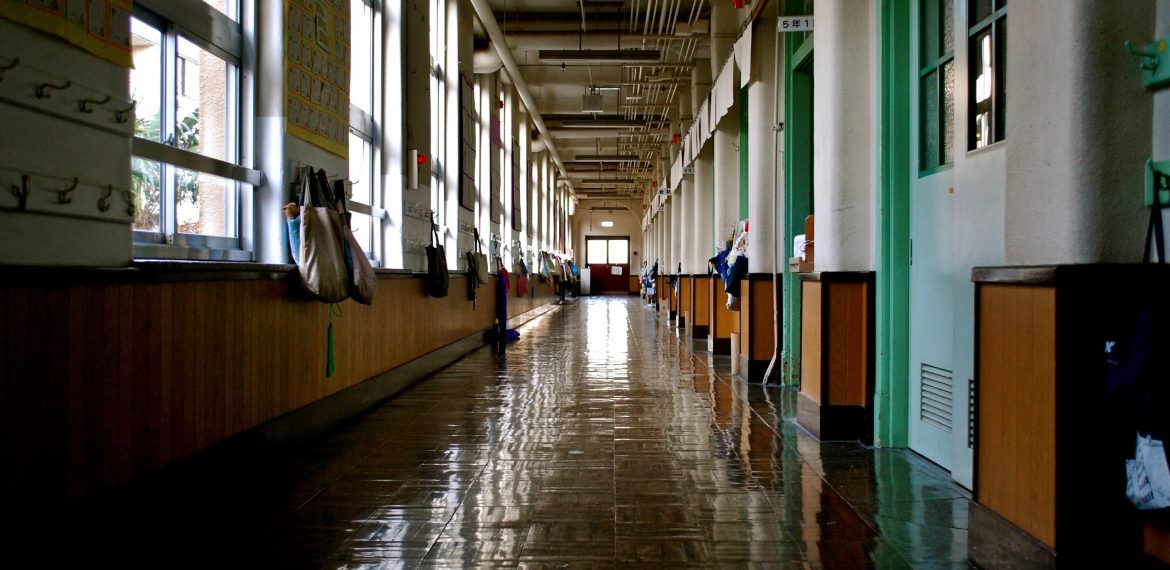Developed by Barbara Coloroso, inner discipline takes a longer route in correcting student misbehavior. As the name indicates, the goal here is to help students develop inner discipline. When students have self-discipline, they will have control and responsibility for their actions. Whether or not it’s a choice with a positive outcome, unless there is a threat to the student or others, teachers should let students make their own choices.
Using inner discipline, when students misbehave, teachers should ask what students and teachers could do together to change. Students and teachers cooperate to build a community where they share the power. An underlying premise of this approach is that students do not have lasting discipline when quick solutions such as reward systems are used.
According to Coloroso, there are three types of teachers: “brick-wall,” “jellyfish,” and “backbone.” As the names suggest, “brick-wall” teachers are strict, demanding students to follow the rules without questioning and there are no exceptions. “Jellyfish” teachers enforce the rules like the way a jellyfish moves. The rules are not clear, and teachers often change the rewards and punishments, so students cannot expect consistency from these teachers. Last, “backbone” teachers give strong support, but from behind.
